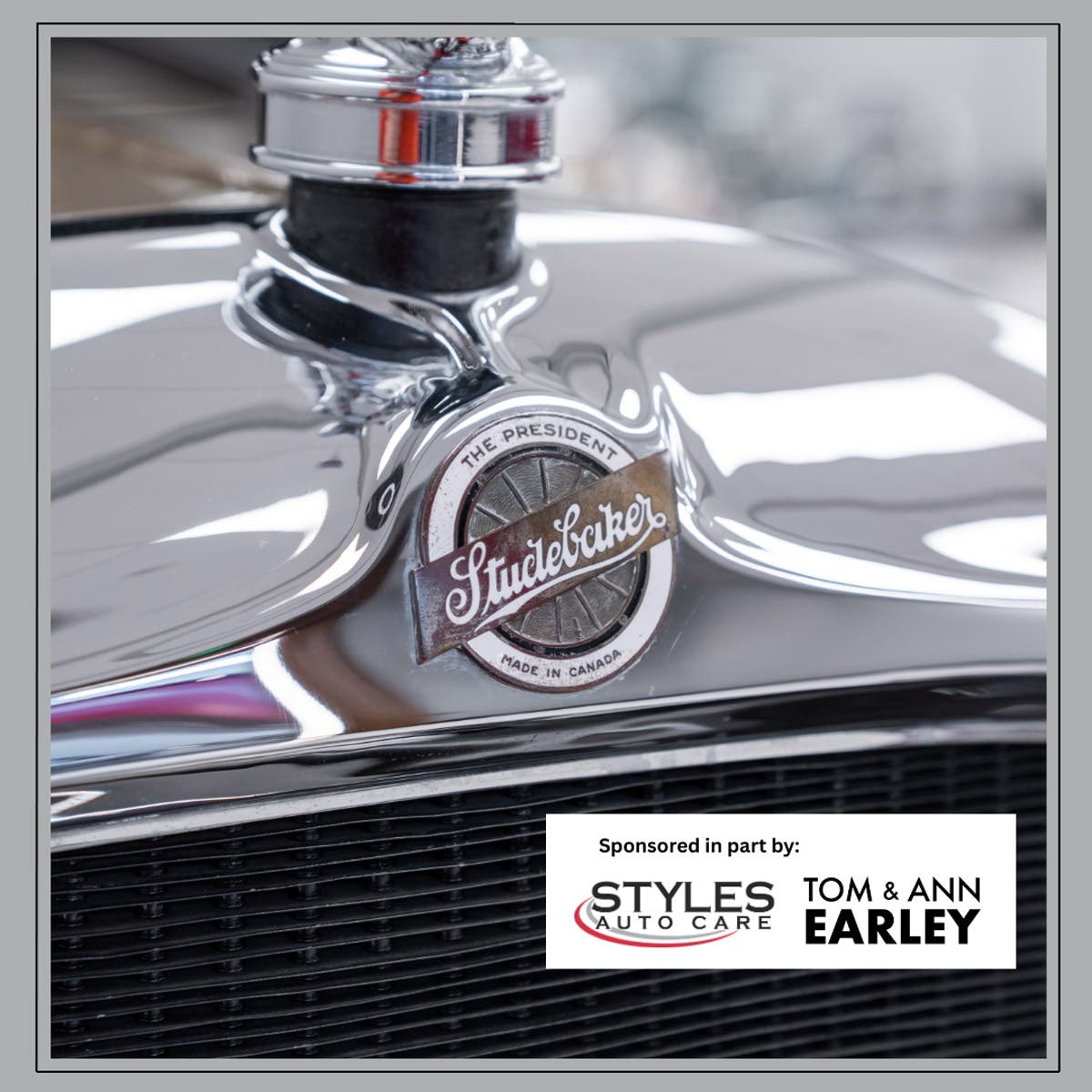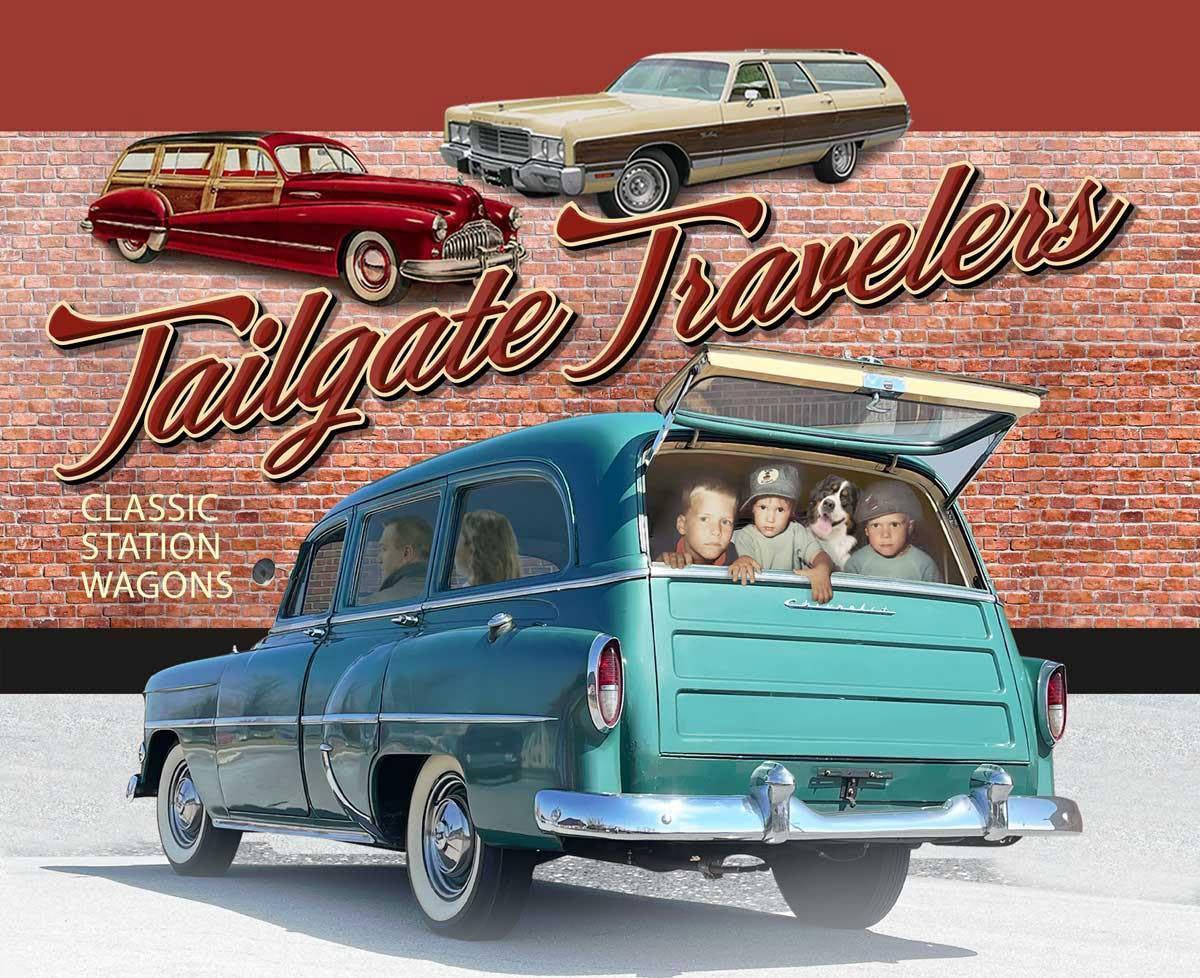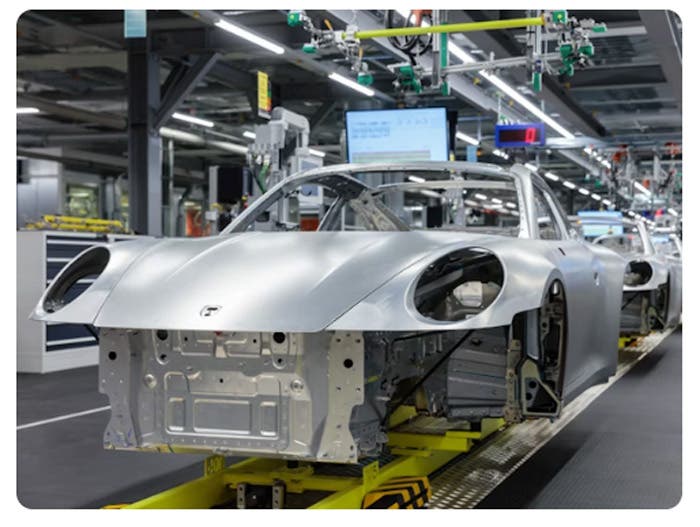Welding Skills
By Eddie Paul One of the essential skills of body repair is the ability to attach two pieces of metal together. While this can be accomplished with rivets or adhesives,…
By Eddie Paul
One of the essential skills of body repair is the ability to attach two pieces of metal together. While this can be accomplished with rivets or adhesives, the most common and preferred method is welding. Welding is the process of heating metal up to its melting point, allowing the fusion of molecules between two separate sheets.
There are a number of ways to achieve the heat required to weld metal. One way is by igniting a combination of flammable gases; another is through the use of electricity to create an arc by grounding the rod (or wire), or by creating an arc with an electrode to melt the metal, then adding a filler rod of a similar material to the open gap. Fortunately for those who are starting out in autobody repair, welding is not difficult to learn. Once you acquire some fundamental techniques, you’ll find that they’re applicable to all forms of welding. You’ll also discover that familiarity with the different types of welding equipment is just as important as knowing how to use them.
As with any skill, there are many ways to weld incorrectly, but only a few ways to get the job done right. As a shop owner, I sometimes find myself having to make generalizations when it comes to evaluating a person’s body repair or fabricating skills. For instance, I can often tell if a person is better at welding or better at reshaping metal simply by watching how that person goes about a particular repair job. If the damaged panel they are working on is quickly cut away in favor of a patch panel or a skin, then chances are that the ability to reshape a panel is not as strong as the ability to cut and weld one into place. On the other hand, if the repairman reaches into his toolbox and pulls out a hammer and dolly, then I know that, while he may be an accomplished welder, he also possesses the ability to reshape a damaged panel without replacing it. But like I said, this is a generalization and doesn’t necessarily mean anything in the real world of basic body repair.
When I was in high school, I dreamed of becoming a car customizer but, unfortunately, there were no shop classes on that subject. Although I could care less about banging dents out of damaged fenders and doors, I signed up for the auto body shop class because it seemed like the closest thing to customizing. As it turned out, this was a pretty good career move for me, because my shop teacher, knowing that I wanted to customize, came up to me during a welding segment and handed me an old tin can that had been cut in half. He placed it in front of me and said, “When you can fix this can, I will teach you a few customizing tricks.” Well, it took quite a lot of practice for me to tame the torch, so to speak, into melting the metal just enough to weld a nice even bead around the can that did not warp or destroy the metal. About three weeks later, I walked up to the teacher and placed the can on his desk, full of water. I said, “I’ll take you up on that offer now.”
So, the rest of that school year was spent staying after class learning to shape and bend metal, rolling pans, and making fender skirts and custom grilles. I learned that welding — the same kind of welding that I learned in autobody shop — was a major part of customizing and fabrication. And even though I would never have to repair another tin can again, the lesson was well learned. Once I learned the basics of welding, I realized that I could get into other lines of work as well. I was able to help my dad out at his shop when he asked me to weld some overhead I-beams into place for a conveyer system he was building. I was young enough to climb up to the ceiling of his shop and weld while hanging by my legs wrapped around a beam. It wasn’t a fun job, but I got really good at arc welding, which was another skill that I would be able to use as a customizer.
Tools For Welding and Cutting
As your welding skills develop, it becomes necessary to learn about and invest in the equipment. Selecting a welder requires some careful thought on your part. Some things that you’ll have to take into consideration are: your budget, the application and power availability. There are several manufacturers that offer a complete line of welders, but rather than taking up space by reviewing each and every machine available, I’ll be able to provide a fairly wide cross-section of examples with a look at some of the welders that we use here in my shop. Since we handle everything from heavy production welding to light sheet-metal patch jobs with all types of metal, the welding equipment that I use covers just about every application that you will most likely encounter in a typical or not-so-typical repair job. The final choice all depends on your particular needs, application and source of power.
An auto body repair professional should be capable of using several types of welders. Versatility with your skills is critical because you never know what kind of repair situation you’ll run up against. There’s basic gas welding with an oxygen-acetylene torch. There’s the arc welder (also called a “stick welder” or “buzz box.” There’s Heliarc (also called TIG, or tungsten-inert-gas welding). Last, but not least, is MIG (metal-inert-gas) welding. MIG welding is the body repair industry standard choice these days for many reasons, and this is the form of welding that I’ll focus on here.
But first I’ll digress a bit. Most of us are familiar with oxygen-acetylene gas welding, more commonly referred to as oxy-acetylene, or simply gas welding. This form of welding uses a mixture of two gases to produce a high-temperature flame that can melt metals together or cut them apart. In this day and age, gas welders are used primarily for dismantling cars or other rough-cutting jobs, and for welding of heavy metal and machinery. Although basic gas welding is great for learning the fundamental skills, I do not recommend gas welding for bodywork except as a last resort. There are two good reasons for this. One is that gas welding can generate an excessive build-up of heat, which is the primary cause of panel warping. Another reason is the safety factor due to the open flame. Although some body shops still use oxy-acetylene to braze a door skin into place or to hot-shrink metal, this process has all but been replaced by MIG welding, as has the arc welder. The most common use of the gas torch in my shop is for annealing aluminum and steel.
Still, there are some viable reasons why you may want a gas welder for your shop or garage. For one, it’s very portable because it does not require electricity. Secondly, the initial cost to set up an oxy-acetylene welder is fairly low (ranging between $100 to $300).
The drawbacks of gas welding generally outweigh the benefits, however. The two gas tanks are bulky, heavy, and you’ll need to refill them (frequently if you do a lot of welding and cutting). From a practical standpoint, welding with oxy-acetylene tends to warp thin metals easily due to the amount of residual heat that it generates on a panel. In other words, a gas welder can be difficult for a beginning welder to use.
The MIG (metal-inert gas) welder is the most versatile welder and by far the easiest to learn how to use. MIG welding uses an electric arc for fusion with a gun to feed the wire (hence the name “wide-feed” welder) to the metal and to strike the arc. The inert gas that I use for MIG in my shop is a mixture of 75 percent argon and 25 percent carbon-dioxide, which acts as a shield during the welding process and keeps the metal from oxidizing. Some of the small MIG welders can eliminate the shielding gas with a special wire called “flux core,” which provides a similar effect as argon-CO2. Flux core wire welders can be referred to as gasless wire-feed welders, even though the flux produces the needed gas upon heating. The “gasless” refers more to the lack of a gas and tank. If you plan to take your welder “on the road” a lot, you may consider a MIG with flux-core wire. The simple addition of gas and a reverse of polarity will convert most of these gasless welders back to the bottle again.
MIG welders, whether 110-volt or 220-volt, come in different amperage ratings. The higher the amperage rating, the thicker the metal you can weld. I have used a 60-amp MIG welder, but its use is limited to thin sheet metals only. These smaller MIG welders usually require a standard 110-volt power source and are perfect for all types of body repair work.
The largest MIG welders that I have in my shop are rated at approximately 100 amps and are sufficient for welding both light and heavy metals. Welding equipment manufacturers claim that 100 amps is good for up to 1/2-inch steel, but I try to limit their use to metals with a thickness of no more than 3/8-inch steel (which will cover just about every automotive application that you’ll encounter).
Body repair very rarely involves aluminum welding. If you find yourself cutting and welding a body made of aluminum, the car is most likely a racecar or a high-end import. By the time you find yourself working on one of these, then hopefully you’ve advanced far beyond the stage of body repair basics! Aluminum welding can be performed with some MIG welders, but will require a “spool gun” (a special MIG gun with the spool of aluminum located at the gun). This is preferred over the normal wire fed because the softer aluminum wire often will get jammed up in the cable. Either way, the MIG welding technique for aluminum is almost as simple as welding steel.
Welding Gases and Wire
If you look inside a MIG welder, you won’t find much in the way of complex machinery. What you will find is a replaceable spool of wire that feeds through the center of the “cable” connected to the gun. This cable also feeds welding current by way of the welding wire, supplies the shielding gas and transmits the trigger signal from the switch on the gun to the drive motor of the wire spool. When the gun is triggered, how fast the wire is pushed is determined by the setting you select. The MIG wire travels through copper tips at the outlet of the gun to keep it from fusing to the internal parts of the gun.
The biggest mistake welders make when they first learn to use the MIG is to pull the gun to form a continuous weld, or “bead.” Pushing is not at all a normal feeling when welding (especially if you do a lot of “stick” welding, as I do), but pushing the weld keeps the gas in front of the arc and will make a much stronger weld with a uniform bead. Pushing instead of pulling will improve your welds by a bunch, as did mine. Besides, it is the correct way to weld with a MIG.
The type of gas that you use for either MIG or TIG welding depends upon the type of metal that you plan to weld. For basic body repair needs, you’ll be welding mild steel. A few things to remember when setting up a welder are:
A good welding machine, such as the Esab Migmaster 250 that we use most often in my shop, will have a handy reference chart located somewhere on the machine. This chart will provide all necessary information regarding machine settings (wire feed speed and amperage), the size filler wire to have on the spool (based on the thickness of the base metal to be welded), and the appropriate tip and nozzle sizes.
Different gases are used for welding different materials. Mild steel MIG welding requires argon mixed with 25 percent carbon-dioxide (CO2). Aluminum welding requires pure argon. Stainless steel welding requires argon with 1 or 2 percent oxygen (O2).
To keep it simple, set your welder up for the type of metal that you plan to weld most often, i.e. mild steel for basic bodywork.
Plasma Cutting
No discussion about welding machines would be complete without touching on plasma cutters. Although most metal-cutting tasks that you’ll encounter in body repair basics are best performed with a high-speed abrasive cut-off wheel, power saw or air hammer with a panel cutting bit, a growing number of people are becoming interested in plasma cutters.
The plasma cutter may sound like a high-tech piece of equipment, but it’s actually quite a simple one. All matter takes on one of four forms: solid, liquid, gas, or plasma, depending on its temperature. When a solid is heated to its melting point, a liquid is formed. Heating the liquid to its point of evaporation turns it into gas. And heating gas to an extremely high temperature produces plasma. Most of the matter in our universe (the sun, for example) is plasma matter, but due to its extremely high temperature, the only plasma that you’ll likely find on Earth is in a bolt of lightning or coming out of a plasma cutter nozzle!
So a plasma cutter is basically a machine that creates and harnesses the energy of a plasma arc to cut metal. Without getting into a boring lesson on the physics and science of plasma, suffice it to say that using a plasma cutter is the fastest and cleanest way to make flame cuts in metal without the residual heat generated by a conventional torch.
Because of the great amount of metal work that we do, my shop has several plasma cutters on hand ranging from small 110-volt models such as the Esab Handy Plasmarc 125 to the heavy-duty 220-volt Powercut 650 that can slice through a three-quarter-inch slab of steel like it was butter. Another good-quality plasma cutter is made by Hypertherm. My shop’s PlasmaCAM CNC plasma cutter uses the Hypertherm Powermax 1250, which can cut up to a 1/4-inch-thick plate of steel. And for all-around hand cuts, we use the Hypertherm Powermax 1000 and 600 models. Like welding machines, plasma cutters range greatly in size and cost.
Using a plasma cutter is not only easy, but it’s a lot of fun! Because of the accuracy of the plasma arc and the thick metal-cutting capability, this tool is a must for serious fabricators. In the right hands, it can be just as useful for cutting and installing patch panels, quarter panels and more.








